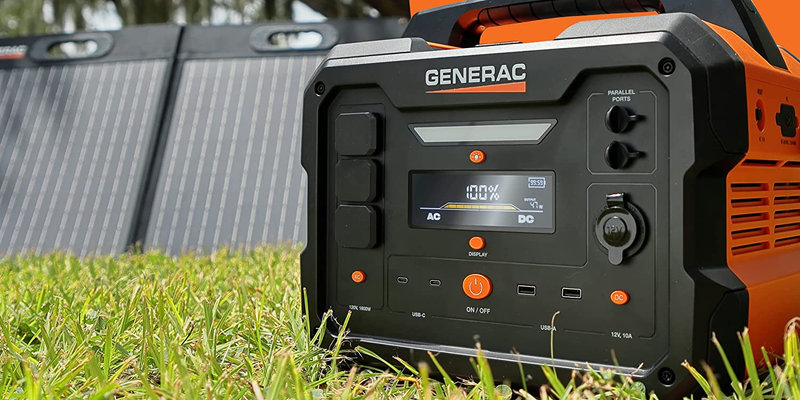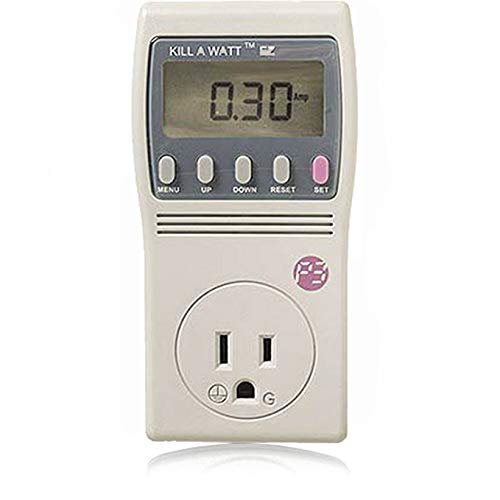Portable Battery Power Station Generator Run Times For Appliances

A portable battery power station generator. They are becoming increasingly popular. And for good reasons. You can run them indoors. Emission-free. They’re silent. And they can be recharged fairly quickly from a home wall outlet. Solar panel recharge too. In short, it’s basically a portable battery with an inverter that converts to 120 volts AC (i.e. same as in your home). But what can they actually run? And for how long before you need to recharge?
For example, a commentator here on the blog asked the following question…
Anyone have any experience with the Generac GB1000 portable power station? I’m looking for compact/storable solar power alternative with the primary use to power our pellet stove in a longer term grid down scenario. Already have a gas generator, so strictly looking for solar. We also do a lot of camping so could potentially take with us on trips as well. It seems like a nice option. Claims AC output running watts 1600, and max AC output starting watts 3200, which I believe should be more than enough to get the stove going?
I know Ken had posted a great article on building a battery bank for pellet stoves a ways back, just trying to find something a little more mobile, feel as if I’ll get a little more use out of it that way.
How To Determine Battery Power Station Run Times For Appliances
It’s actually fairly simple to figure this out. Hopefully it will help some of those who happen across this post.
Every battery power station generator has several ratings. The main specifications you’re looking for are these:
- AC Rated Output Running Watts
- Nameplate Capacity (Wh) Watt hours
Output Running Watts (W)
This is the load rating of the battery power station. That is, how many watts that it can put out in order to power your device or devices. Some power stations may specify both a running watts rating, and a peak watts rating (short term ‘start up’ burst). For the intent of this article, lets simply look at the output running watts rating.
In the example above, that particular Generac power station has a rating of 1600 watts. This simply means that the total load that you put on that generator should not exceed 1600 watts. Each device or appliance that you wish to operate will have its own (watts) consumption rating. But a quick way to measure this is to use a clever device-meter that measures this value. I wrote about this meter in an article linked at the end of this post.
P3 International P4460 Kill A Watt EZ Electricity Usage Monitor
(view on amzn)

You can also find lists of common devices and appliances and their ‘typical’ watts consumption on the internet to get you in the ball park, so to speak. But lets look at the pellet stove from the comment above. I have one, and for the sake of simplicity I’d say that on average mine may consume about 100 watts (depends on blower speed). The startup watts (the ignitor – which stays on for about 10 minutes) is about 350 watts. So this is not even a hiccup for the battery power station we’re looking at.
But how long will with the battery power station run it?
Battery Power Station Capacity (Wh) Watt hours
This specification is the total energy capacity of the battery itself. Most all of these power systems use Lithium ion batteries. And they can be discharged down to 20% (80% useful capacity).
Again, the Generac referenced above has a nameplate capacity rating of right around 1000 Wh. This means it has a useful capacity of about 800 Wh. Knowing this, we can approximate how long we can run that pellet stove before needing a recharge.
800 / 100 = 8 (hours)
See how it works? Pretty simple actually. Hopefully this helps the understanding of how to apply the ratings to real world conditions. That ‘Kill A Watt’ meter is really helpful in this regard.
[ Read: ‘Kill A Watt Meter’ — How to Measure Power Consumption (kWh) ]
[ Read: Jackery versus Gas Generator ]
